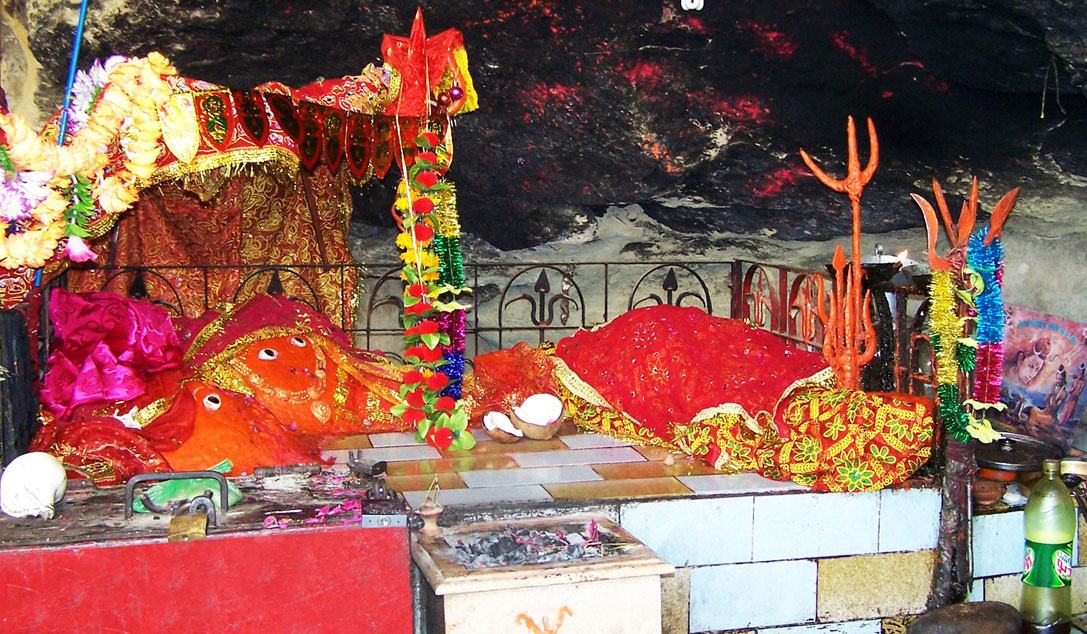Worship of Hinglaj Mata
Rituals of Worship
The worship of Hinglaj Mata is simple yet deeply devotional. There is no grand idol installed in her temple; instead, a natural rock is revered as the goddess. The worship of Hinglaj Mata does not require elaborate rituals, but is focused on devotion and faith.
The main steps of the worship include:
- Purity: Devotees purify themselves before entering the cave of Hinglaj Mata. Bathing and mentally preparing themselves for the worship is an essential step.
- Sacred Rock: Inside the cave, the sacred stone (Shila) is worshipped as the manifestation of Hinglaj Mata. Water, milk, and flowers are offered to this stone.
- Offerings: Special offerings include a red cloth, coconut, and vermilion (sindoor).
- Prayers: Devotees bow before the feet of the goddess and offer prayers. They often pray for the peace and prosperity of their family and the fulfillment of their desires.
- Lighting of Lamps: Lighting a lamp is a vital part of the worship. Lamps made of clay or metal, filled with ghee, are lit before the goddess.
- Chanting and Singing: Devotional hymns and mantras are recited during the worship, creating a spiritually charged atmosphere that brings mental and spiritual peace to the devotees.
Major Festivals and Days of Worship
While Hinglaj Mata is worshipped throughout the year, her temple becomes especially significant during the Navratri festival. During this time, a large number of devotees gather to seek her blessings.
Special ceremonies, including Aarti (ritual of worship with light), Bhajans (devotional songs), and Havans (sacred fire rituals), are conducted during the Navratri periods in Chaitra (spring) and Ashwin (autumn) months. Apart from Navratri, special worship is also performed on every Amavasya (new moon) and Purnima (full moon).
Every year, the Hinglaj Mata Mela (fair) attracts thousands of devotees, particularly from Balochistan, Sindh, and various parts of India. Festivals like Makar Sankranti, Shivratri, and Dussehra are also celebrated with special rituals and worship.
Navratri and the Hinglaj Mata Mela
Navratri is a highly significant festival for Hinglaj Mata’s temple. During both Chaitra and Ashwin Navratris, a grand fair is held at the temple, which is a combination of religious and cultural activities, attracting a large number of devotees.
During Navratri:
- The temple is beautifully decorated with flowers and lamps both inside and outside the cave.
- Aarti and devotional singing sessions are organized, attended by hundreds of devotees.
- Special Havans and Yagyas (fire sacrifices) are conducted, where devotees offer prayers and sacrifices in the sacred fire to seek the blessings of Hinglaj Mata.
- The fair also features various cultural and religious programs, where stories of the goddess’s life and her miracles are narrated.
One of the most significant aspects of this fair is that it transcends barriers of caste, religion, and social class. People from all walks of life come together, making this fair a symbol of unity and devotion. Each year, this fair provides a profound spiritual and religious experience for all who attend.
